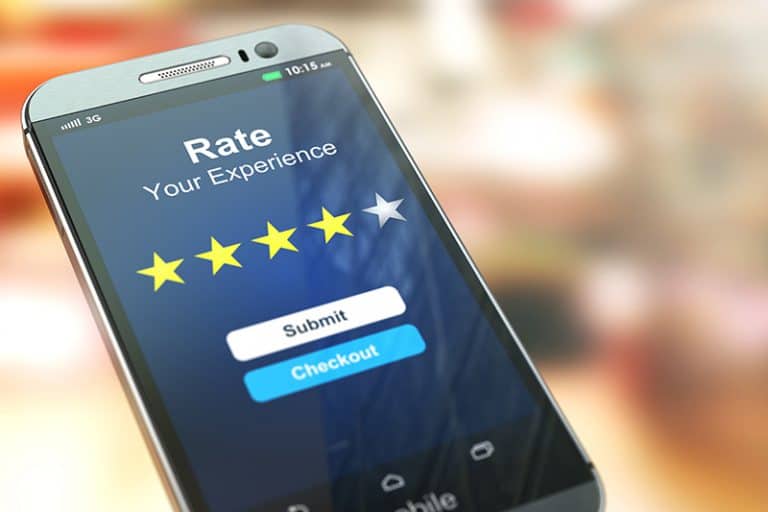Identity resolution is a process that allows for the linking of different pieces of data together, which were initially stored as separate records. It is used by businesses to establish a single customer’s identity from multiple sources, and it has been employed in various industries, including financial services, retail, and transportation.
Why Identity Resolution?
Identity resolution is used for various reasons, but in the financial services industry, the main reasons include the need for verification of customer data, linking customer data between different companies, and automating processes. Other reasons for using identity resolution involve gaining insight into demographic data that can be used for targeted marketing and improving customer experience.
The problem with maintaining a single customer’s identity is different data platforms often collect that data. As a result, the information is not always kept up to date, and because there are so many other data sources, it can be difficult or impossible to reconcile all of the data. However, if this data could be linked together and then merged into a single customer profile, it becomes possible to address data that is not always kept up-to-date and bring together data collected at different times by different organizations. This may lead to improvements in the accuracy of customer profiles and in the services that companies offer.
Identity resolution services facilitate the matching of a customer’s identity across multiple data sources, which may be required when a customer uses multiple payment methods (e.g., credit card, debit card, online payment) or when a company wants to establish a central record of customer interactions (e.g., credit card usage). Identity resolution can be used to link a customer’s data with a particular customer account (e.g., for billing), to link a customer’s data with a marketing campaign (e.g., mailing list), or to resolve a customer’s identity across multiple transactions (e.g., merchant, credit card, online purchase).
Advantages of Identity Resolution
Advantages of identity resolution include the following:
First, it provides a single reference point for customer data, which will improve the accuracy of customer profiles, i.e., customer data resolution.
Second, it allows companies to gain insights into demographics, which may be used for targeted marketing.
Third, it improves database management and offers foundational accuracy for almost all consumer-centric business decisions.
Fourth, it takes the responsibility of linking consumers’ online and offline activities. This enables you better understand the full consumer journey.
Fifth, it facilitates enhanced segmentation, which informs more timely, accurate, and relevant personalization.
Sixth, identity resolution builds a single customer view and improves customer experience as part of an omnichannel marketing strategy.
How is Identity Resolution Useful for Marketers?
Identity resolution is a tool that marketers can utilize to more effectively target their marketing efforts. By knowing the person behind a specific internet-connected device, marketers can provide a more personalized user experience. This allows for a more effective and efficient marketing strategy as well as higher conversion rates.
It is also known as identity proofing, which ensures that the person providing information over the phone is the person they are claiming to be. Marketers use this process to ensure that they are speaking with a real person and not someone who has stolen their information. It is important for marketers because it allows them to use better targeting methods while protecting against identity theft.
Applications of Identity Resolution
Almost every business needs customer recognition, whether it’s to identify repeat customers or track consumer behavior. It is an effective way to accomplish this by matching records from different sources based on common identifiers. It is used for customer recognition by linking the records of multiple companies by matching the records together based on personal information like names, ID numbers, and dates of birth.
It uses algorithms to identify individuals based on their unique traits, such as their voice, facial features, or gait. For example, if an individual is walking towards a store entrance and the store has a camera pointed at the entrance, as they walk closer to the camera, the software running on the camera will be able to recognize them as they enter.
It is a technology that enables companies to use information about a person’s identity to aid in processing their transactions. In other words, it allows for a more personalized customer experience. Deterministic identity resolution is used for customer recognition, which is the process of associating an individual with the data they have provided. Customer data resolution can also be used to prevent fraud and money laundering.
Identity resolution is a technique used in customer recognition. It is a method of linking multiple identities of a single person, such as different names or genders, to one person. Identity resolution has many applications in the real world, such as when people apply for loans and credit cards.
Identity resolution is an innovative technique where it is determined whether two entities are the same or different. This technique has become more popular because of the increase in identity theft and fraud and can be used to confirm that someone’s identity has not been compromised.
How to Achieve Identity Resolution with CDP?
The challenge of Identity resolution is that it requires integrating data from multiple sources to create a complete picture of an individual. Creating an individual’s digital identity requires the use of CDPs, or Customer Data Platforms, which collect and organize data from both internal and external sources to create a single customer profile or record.
CDP is a data warehouse that provides access to all of an organization’s customer data, regardless of source or format. It is used to create a unified customer view across all channels, products, and departments. CDP can be used to operationalize your data strategy by providing a single customer view, allowing you to personalize interactions with your customers and drive more revenue.





